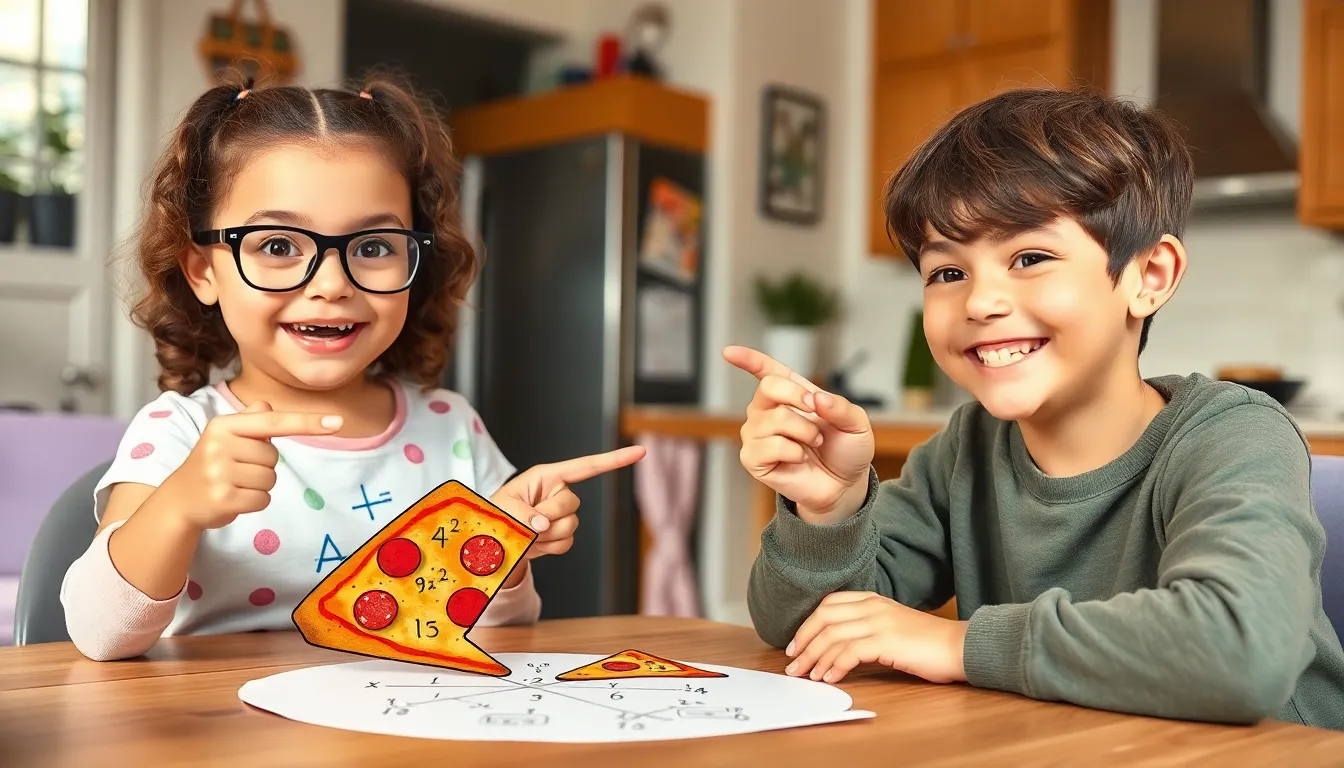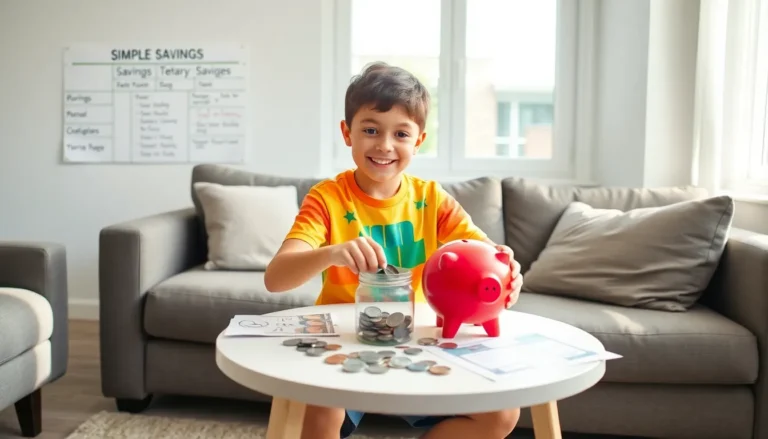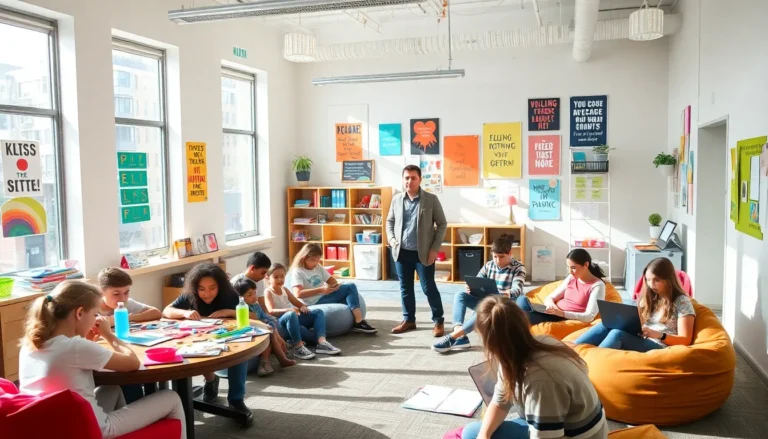Imagine a classroom where the teacher’s not wearing a tie and the lesson plan includes snack breaks and pillow forts. Welcome to the world of sibling-led learning, where education gets a playful twist! This innovative approach taps into the natural dynamics of sibling relationships, transforming everyday interactions into valuable learning experiences.
Table of Contents
ToggleUnderstanding Sibling-Led Learning
Sibling-led learning emphasizes a unique, playful approach to education that embraces the inherent dynamics between siblings. This technique transforms everyday life into rich learning opportunities, providing an engaging alternative to traditional classroom settings.
Definition and Concept
Sibling-led learning refers to educational experiences facilitated by siblings, where children teach and learn from each other. This concept thrives on natural interactions like playtime, discussions, and collaborative problem-solving. Such an environment encourages creativity, fostering skills that contribute to a child’s overall growth. Examples include sibling-led games, storytelling, or shared projects that ignite curiosity and drive exploration.
Importance in Child Development
The importance of sibling-led learning in child development lies in its ability to promote essential social skills. Children learn to communicate, collaborate, and resolve conflicts while engaging with their siblings. This interaction also nurtures empathy, as siblings often understand each other’s feelings better than anyone else. Research indicates that children involved in sibling-led learning tend to develop stronger cognitive and emotional skills, leading to improved academic performance later in life. Additionally, the playful nature of this learning method enhances motivation and retention of knowledge.
Benefits of Sibling-Led Learning
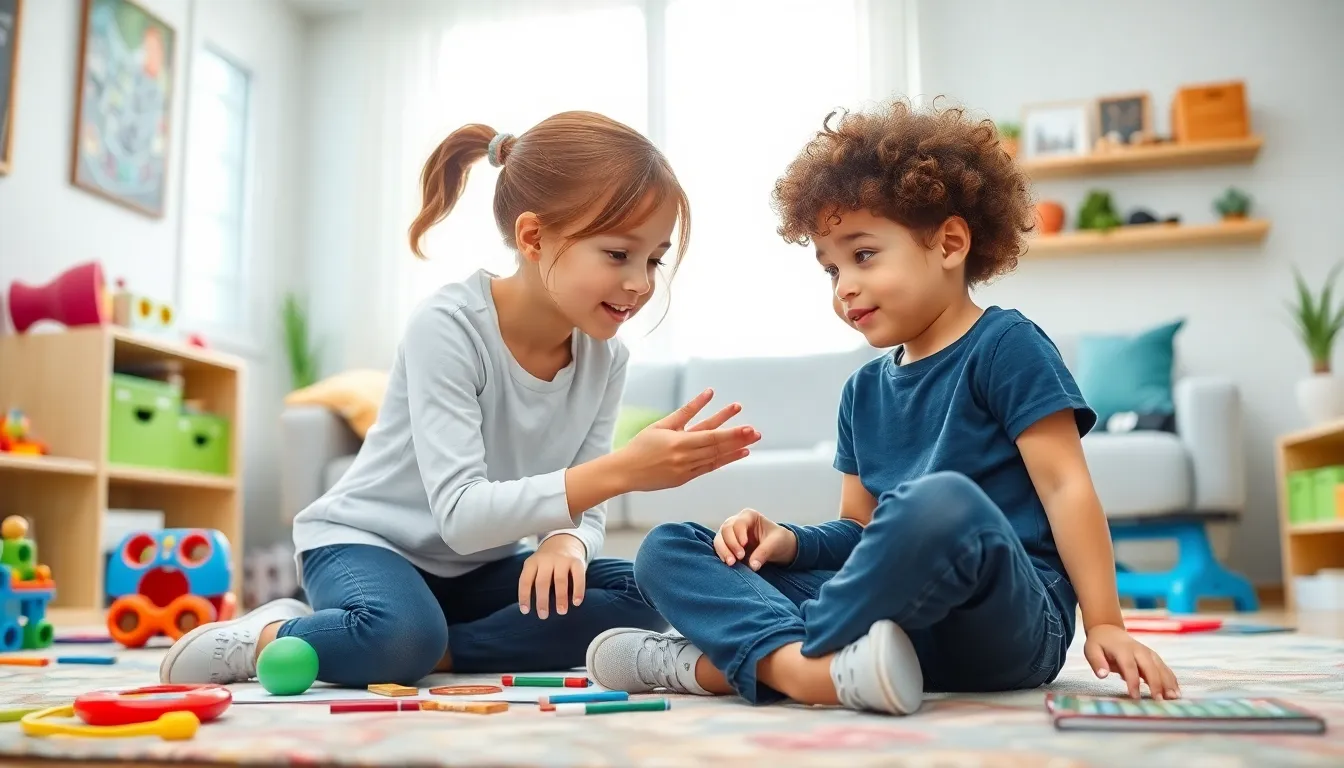
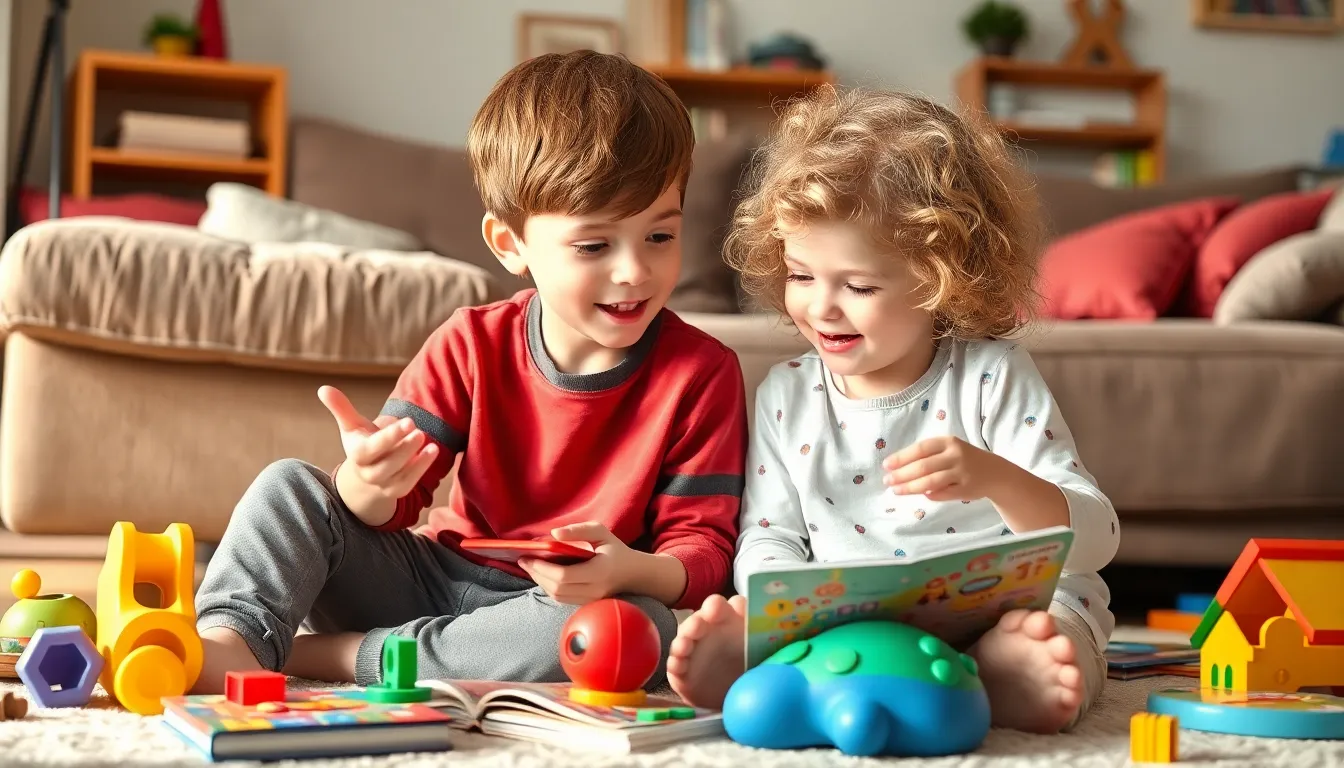
Sibling-led learning promotes various advantages that contribute to a child’s development and overall educational experience. This approach allows children to leverage their natural interactions, resulting in enriched learning environments.
Enhanced Social Skills
Enhanced social skills emerge as siblings engage in joint activities. Communication improves through conversations during play, while negotiation skills develop when resolving conflicts. Siblings learn to take turns and share responsibilities, fostering teamwork and collaboration. These dynamics create a foundation for building empathy, as siblings understand each other’s emotions better. Research supports this notion, identifying stronger interpersonal skills among children who participate in sibling-led learning experiences. Such skills prove essential for both personal relationships and future professional interactions.
Improved Academic Performance
Improved academic performance often results from the unique learning opportunities sibling-led interactions provide. When children teach one another, they reinforce their understanding of concepts while deepening their knowledge. Responsible discussion and problem-solving enhance cognitive abilities, contributing to higher retention rates. Studies indicate that students engaged in collaborative learning scenarios perform better in assessments, exhibiting a greater grasp of subjects. Additionally, the playful nature of sibling interactions encourages motivation and enthusiasm for learning, which translates into stronger academic outcomes.
Challenges of Sibling-Led Learning
Sibling-led learning, despite its benefits, faces challenges that can impact its effectiveness.
Potential for Conflict
Sibling dynamics can lead to disagreements during collaborative learning. Conflicting personalities often spark friction over decisions and methods. Each child may have different approaches, resulting in a clash of ideas. Such disputes can disrupt the learning process, making it difficult for siblings to collaborate effectively. Establishing ground rules prior to activities can mitigate some of this conflict. Open communication between siblings helps address misunderstandings and allows for smoother interactions.
Balancing Roles and Responsibilities
Navigating roles in sibling-led learning can create confusion. The balance of teaching and learning can shift unpredictably. A child may feel overwhelmed with the responsibility of teaching, while another may struggle with being taught. Assigning clear roles can simplify the process. It’s essential that both siblings understand their contributions to ensure a harmonious experience. Regular discussions about expectations can help maintain this balance, allowing for a more productive learning environment.
Strategies to Facilitate Sibling-Led Learning
Sibling-led learning thrives on strategies that enhance collaboration and communication among children. Implementing the right approaches can greatly improve the effectiveness of this learning style.
Encouraging Positive Interactions
Fostering positive interactions among siblings builds a foundation for effective learning. Using praise and encouragement cements healthy dynamics. Setting specific times for collaborative activities nurtures this environment. Engaging in discussions about feelings promotes empathy, helping siblings to understand each other’s perspectives. Organizing playdates with joint activities strengthens these bonds, making learning enjoyable. Highlighting successes, no matter how small, motivates children to participate and share knowledge with enthusiasm.
Creating a Supportive Environment
Establishing a supportive environment makes a significant difference in sibling-led learning. Creating designated learning spaces allows siblings to focus better, reducing distractions. Incorporating comfortable furniture, such as floor cushions or bean bags, enhances the atmosphere. Displaying visual aids on the walls provides inspiration and encourages exploration. Setting aside regular time slots for sibling teaching fosters consistency and routine. Encouraging open discussion about individual learning goals nurtures accountability, allowing children to take ownership of their educational journey.
Sibling-led learning offers a dynamic and engaging way for children to learn from each other. By harnessing the natural interactions between siblings, this approach transforms everyday moments into valuable educational experiences. It not only enhances academic performance but also fosters essential social skills and emotional intelligence.
While challenges may arise, establishing clear roles and encouraging open communication can help create a productive learning environment. With the right strategies in place, families can nurture creativity and collaboration, making learning a joyful and enriching experience. Embracing sibling-led learning can pave the way for lifelong skills that extend far beyond the classroom.

